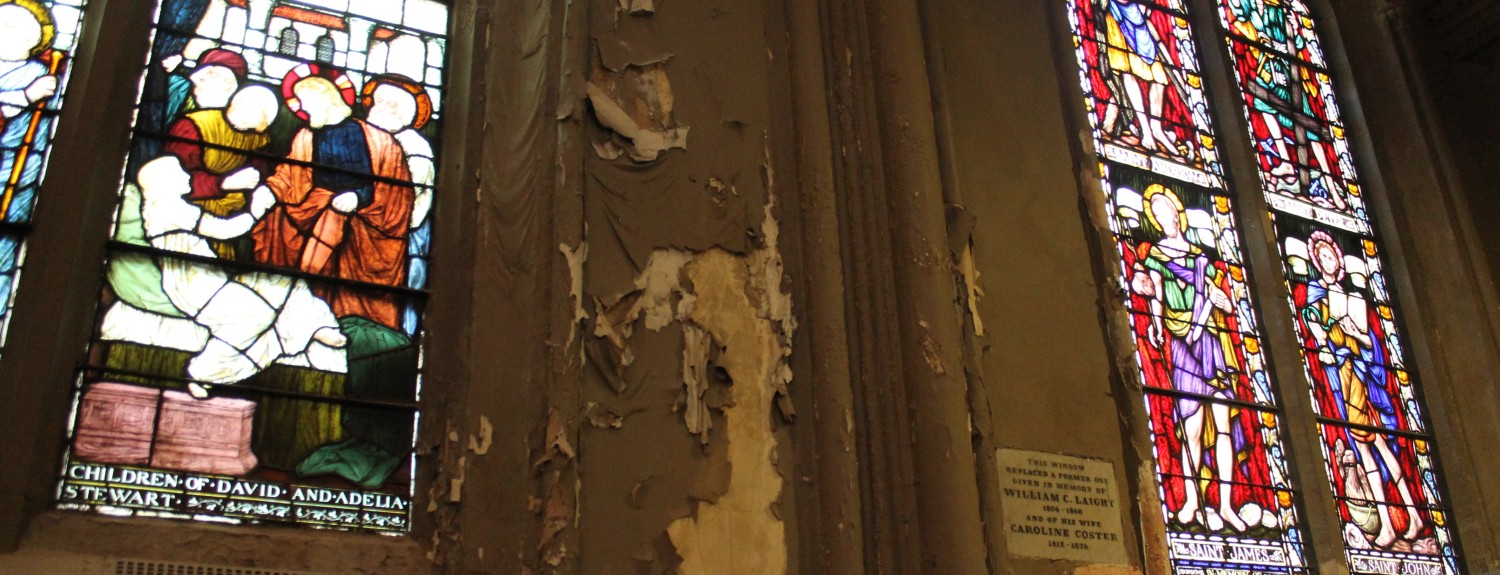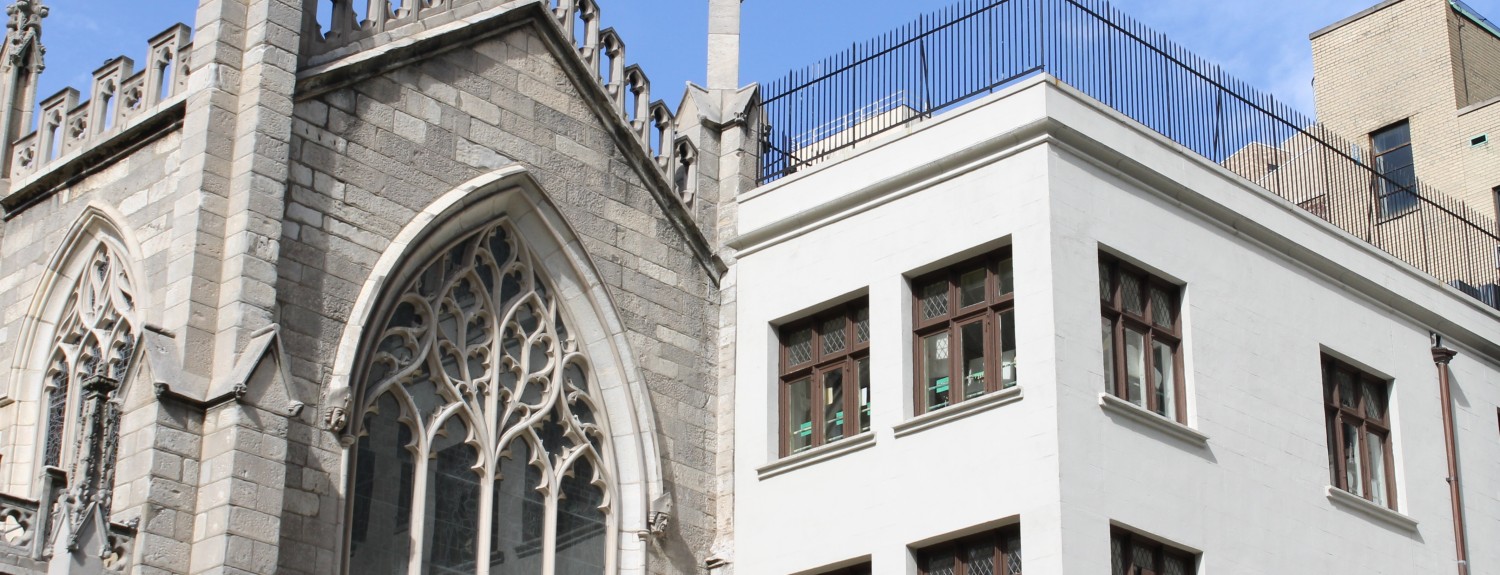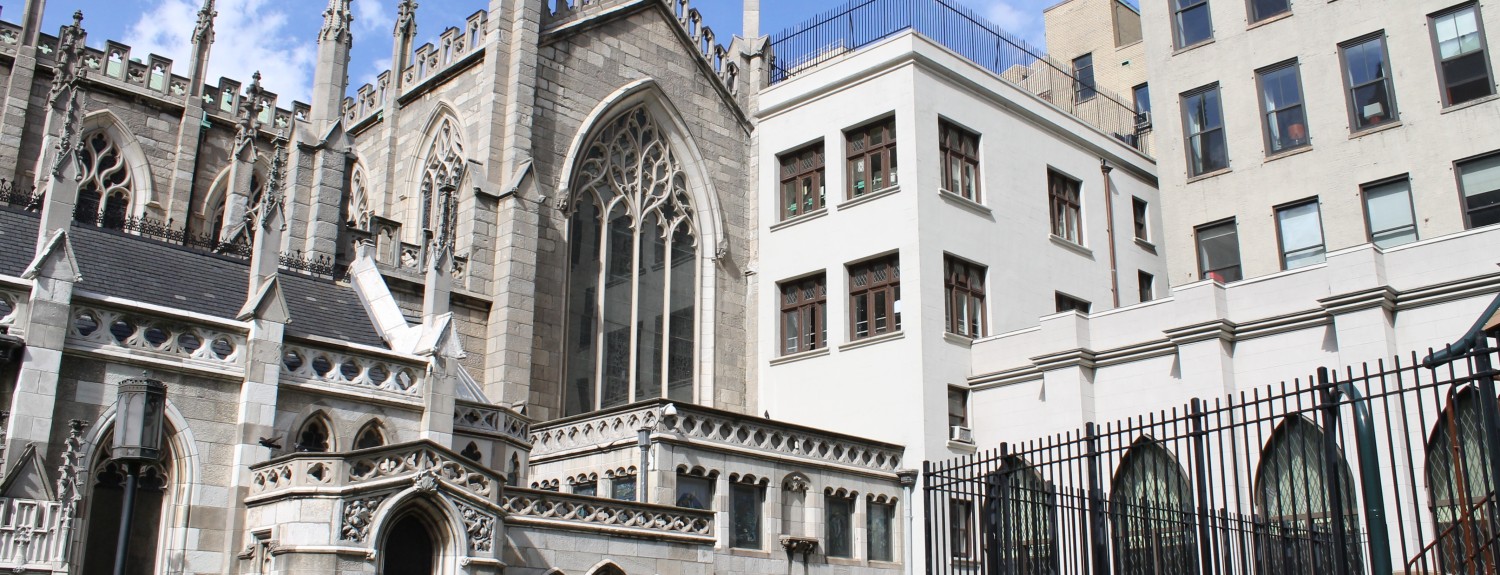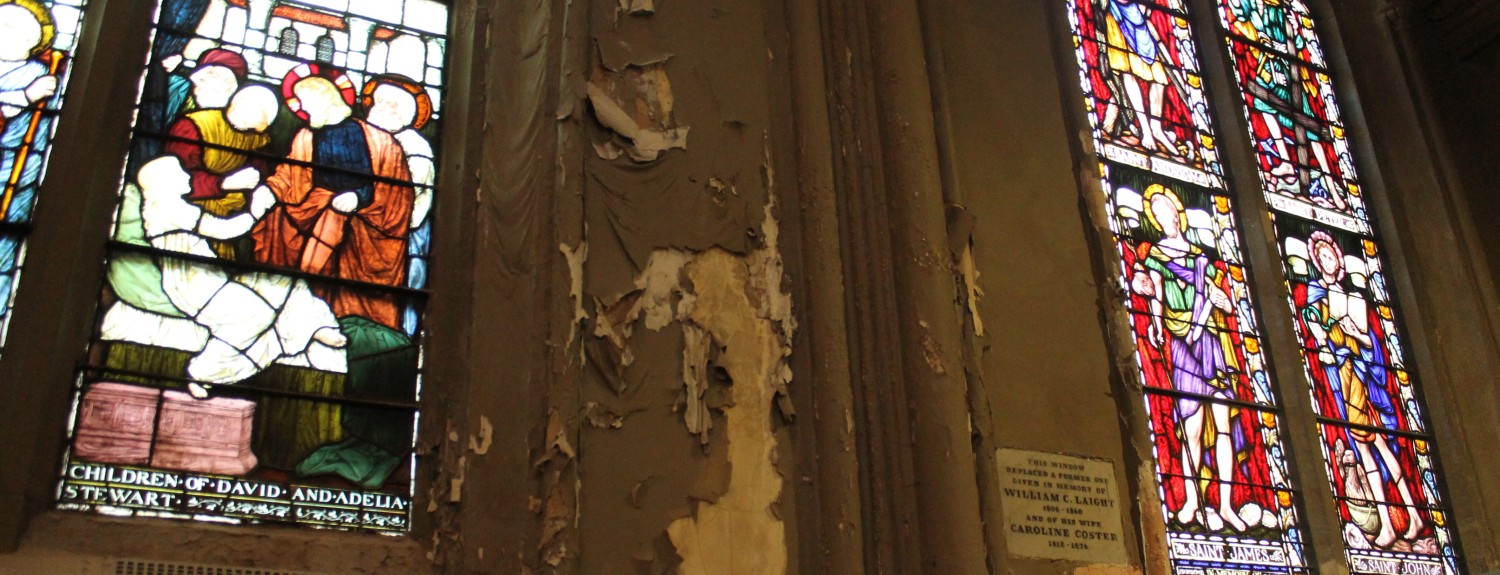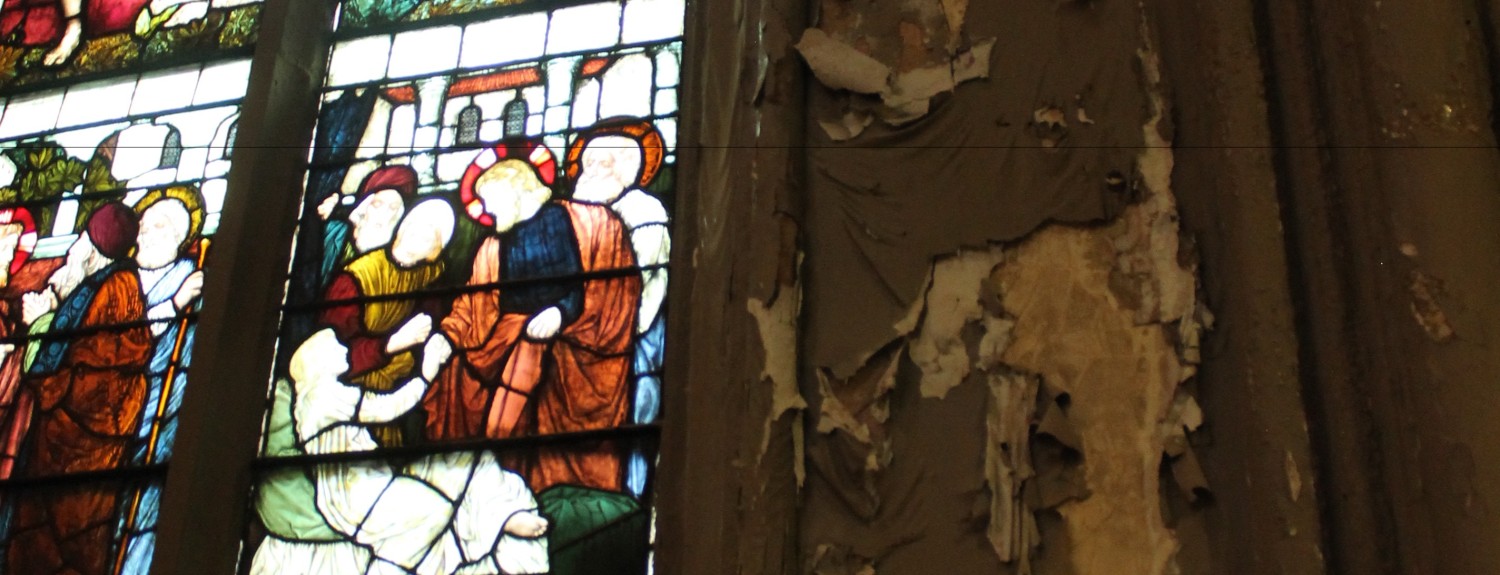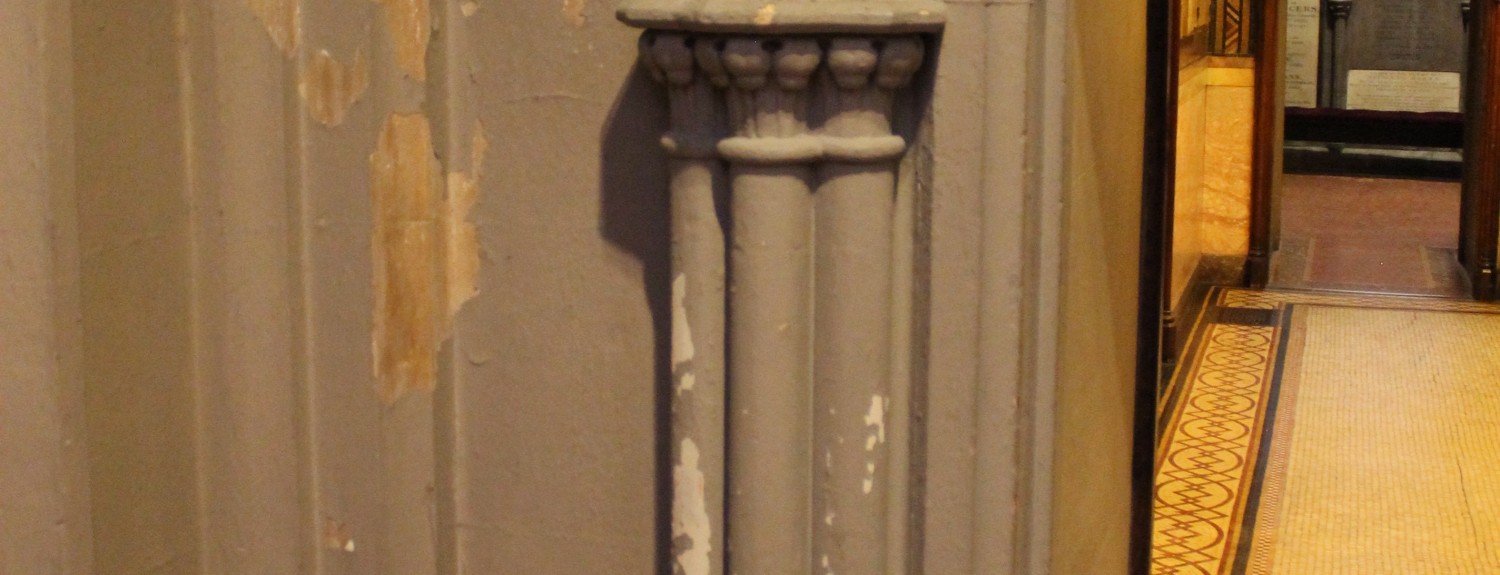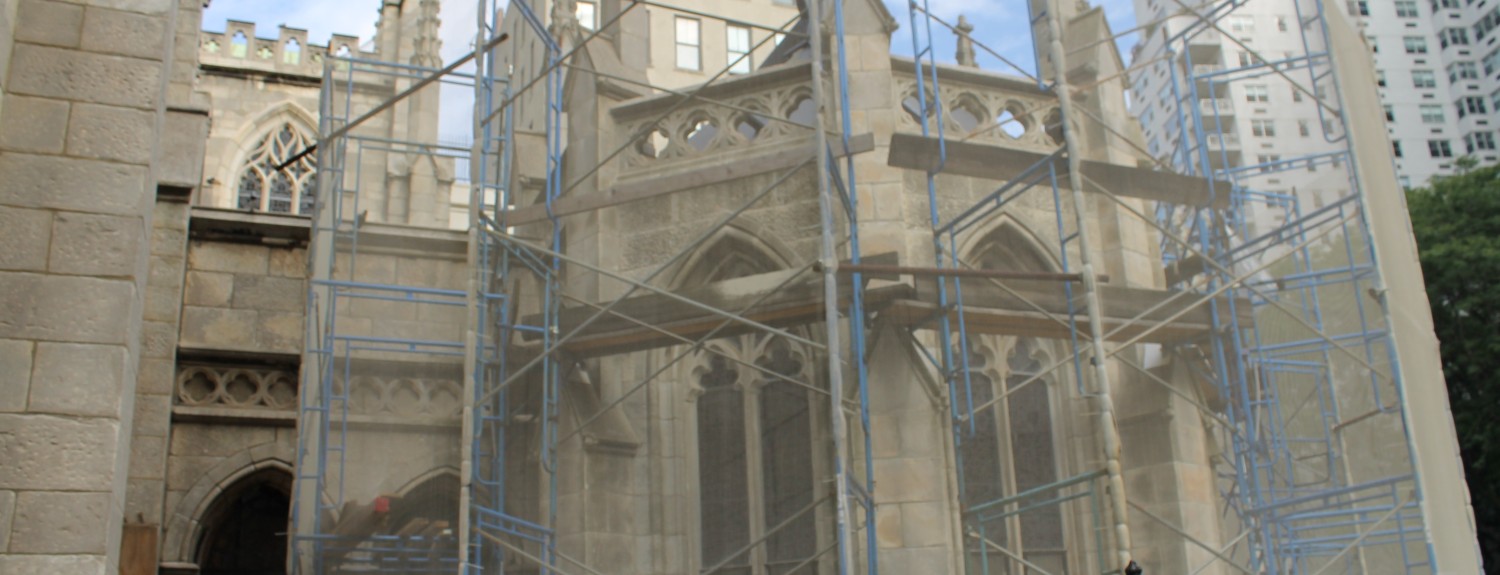Lifestyle & Culture
Restoration Aims to Benefit Historic Church, Community
Parts of Grace Church, which was built of marble in 1808, were crumbling even before the Rev. Donald Waring was hired in 2004 as pastor of the East Village congregation.
“The organ,” he said, “had given up the ghost.”
That instrument was no longer making the pretty music that had helped make Grace Church a popular community spot, even for people who were not its members. “It is a space the community loves,” said Waring, who is overseeing a multimillion-dollar restoration, begun in 2008, that aims to bring back that community feel and much of the original beauty to the building. It is listed on the National Register of Historic Places.
“You could come in here at lunch, and you’d find everyone here: NYU professors, the homeless … and Bach’s music is in the background,” Waring said.
On any given Sunday during the last few years, Waring has updated his congregation on the restoration’s progress. One Sunday in July 2012, he was particularly pleased to mention that the church’s pipe organ, which is being stripped, cleaned, tuned and reassembled by a company in Virginia, would be back in place in the choir loft by the fall. After that, the full choir will resume its Sunday morning ministry in song.
“The use of music to promote worship is a very important thing in this particular church,” said soloist Kiri Parker, a classically trained singer from Britain who was the only chorister on that Sunday in July.
Not only is the music important at Grace, Parker said, but the church also has a range of programs designed to keep the congregation active in many areas. The Grace Opportunity Project assists low-income, under-performing Manhattan schoolkids. The church operates a homeless shelter for men, a day care center and mission trips to the Third WorId and locations in the United States that have suffered tragedy.
Though legally separated from the church since 2006, Grace Church School was founded by the Episcopalian congregation and enrolls kindergarten through eighth-grade students. Grace’s Open Door project enrolls volunteers who provide tours and answer questions about the church for tourists and other visitors on weekends.
A church with that level of activity must maintain its physical structure and appearance, which is what the restoration is all about. The marble, which gave in to environmental and other pressures, will be replaced with more durable limestone, Waring said.
An already installed system of climate control—also part of the restoration—will protect the limestone. The temporary scaffolding and fencing eventually will come down. Peeling paint will be scraped off and those surfaces repainted. Floors will be reinforced and columns put in place to support the structure, including the tens of thousands of stained glass pieces that make up the church’s windows, depicting stories and people in the Bible.
“Grace is an architectural treasure,” said Vamel Noel, 32, who’s been attending the church about three months. Maintaining the church “is a sign of reverence.”
Reach me on Twitter: @JournalistDeisy.


